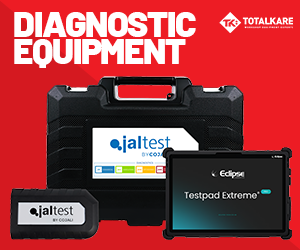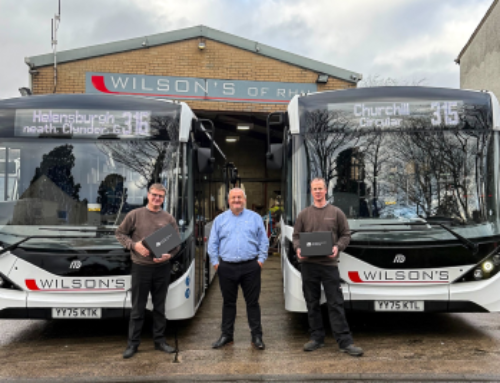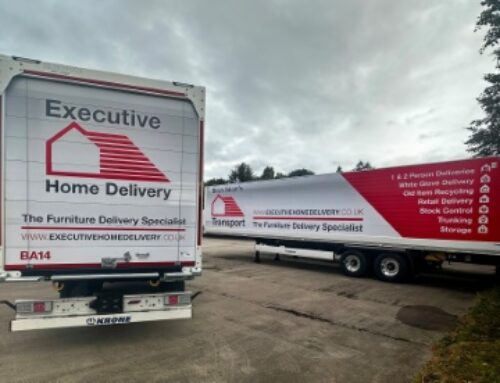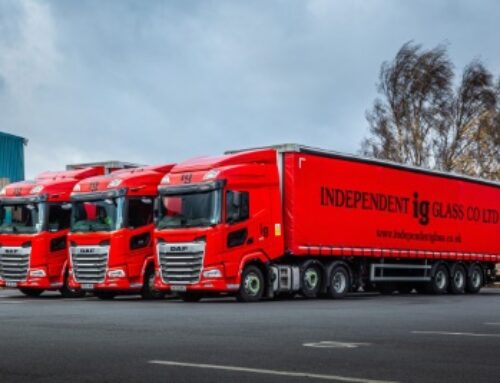Tructyre: safety training vital for tyre technicians’ welfare
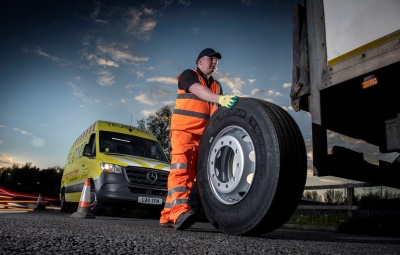 Inadequate health and safety training for tyre technicians can be detrimental not only to their wellbeing, but their lives, tyre care specialist Tructyre has warned.
Inadequate health and safety training for tyre technicians can be detrimental not only to their wellbeing, but their lives, tyre care specialist Tructyre has warned.
“Looking at the types of injuries experienced on the job, the most common in tyre removal and replacement are manual handling injuries, making up nearly half of all incidents in the industry,” said Claire Howells, HR director at Tructyre and ATS Euromaster. “And injuries from hand tools, such as tyre levers, account for a quarter of reported incidents.”
She added: “Through improper training, technicians are also liable to experience severe injuries or even fatalities from compressed-air accidents and tyre explosions, crush injuries from unexpected vehicle movement, or the collapse of jacks and being struck by traffic, especially when working on motorways.
“Add to that undesirable working conditions such as bad weather, awkward positions and poor lighting, and the potential hazards can be exacerbated.
“In short, the tyre industry can be extremely dangerous for tyre technicians.
“As a leading supplier of HGV tyre maintenance services in the UK, we go above and beyond to ensure our workforce is comprehensively educated and aware of all our required health and safety procedures prior to carrying out any tyre change.
“We refer to these as ‘Safe Systems at Work’ and these systems are expected to be adhered to by all technicians – without fail, for their own personal safety as well as those around them.
“After all, only competent, highly trained technicians should carry out tyre removal, replacement, and inflation, due to the serious hazards involved, and we want our technicians to be, and feel, as prepared and safe as possible with every tyre change.
“So, in addition to our own comprehensive health and safety training, which now includes enhanced mandatory safety training with a stronger focus on manual handling and safe work practices, we have begun introducing new initiatives to further support our technicians when they are on the job.”
In an attempt to keep potential hazards at the forefront of each technician’s mind, Tructyre managers now hold what are known as regular ‘in-person’ field talks with individual technicians, Claire explains, encouraging open discussion about welfare, safety, and operational challenges.
“The idea is that these meetings are both engaging and realistic, so our technicians feel heard, respected and reassured that action will be taken when concerns, regardless of size, are brought up.
“Following this, we launched a new lone worker app. Working alone poses its own risks, and we aim to minimise as many as we can. We successfully trialled and implemented this app with all our technicians, which gives them substantial peace of mind, as they know that when working alone on motorways, at remote sites, or during unsociable hours, its rapid response functionality connects them immediately to emergency services.
“Lastly, we’ve updated the format of all our health and safety policies and procedures, so that the information is presented in a more user-friendly format, promoting genuine engagement, and making it easier for technicians to put them into practice, stay safe and avoid incidents.
“We understand that people learn in different ways, which is why we adapted from presenting people with pages upon pages of information to a video format and interactive content, which has been well-received by technicians and suppliers alike.”
Claire concluded: “At Tructyre, we are dedicated to continuous engagement with our technicians, ensuring our safety protocols are practical, effective, and prioritised in every aspect of our operations so that we can support them in maintaining not only their personal safety, but those around them.”




